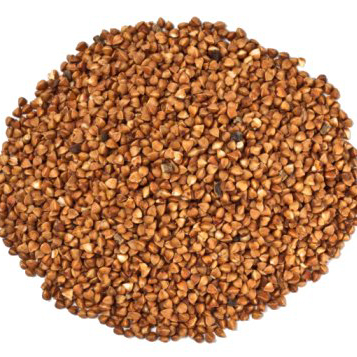
Caesium or Cesium chloride is associated with the high pH (alkalinizing) therapeutic approach to cancer treatment. Cesium, a naturally occurring alkaline element has been shown to change the cancer cell in two ways: Cesium limits the cellular uptake of glucose, which starves the cancer cell and reduces fermentation and It raises the cell pH to approximately 8.0. This neutralizes the weak lactic acid and stops pain within 12 to 24 hours. A pH range of 8.0 is a deadly environment for the cancer cell, which dies within a few days and is absorbed and eliminated by the body.
Some bodies are not able to increase the pH of their cells more than a couple of tens. This is often due to the body trying to remain acidic in order to extract calcium from food. Many people are calcium deficient. It can be very difficult for the body to assimilate calcium because a large collection of minerals must be taken at the same time. There is only one calcium formula (actually two products) that seems to have the right combination. Go to the Calcium and pH* section of the Home page for more information on this inexpensive calcium source. Paul Winter does not manufacture this formula, but he is interested in tracking the results of using it.
Another theory regarding the operation of cesium chloride is that it selectively targets tumor cells because many or most types are anaerobic. Anaerobic cells need many times more glucose than normal cells. In order to get more glucose into the cancer cells, the sodium-potassium (Na-K) pumps on the cell wall must run 20 times faster, pumping more sodium out and more potassium in. Cesium acts like potassium so the Na-K pump brings lots of it into the cells. However once in the cell, cesium cannot get out, because it blocks the potassium channels through which potassium usually leaves. Cesium buildup then kills the cell by uncertain mechanisms
High pH therapy using caesium chloride therapy is usually given to patients with advanced metastatic cancer, for whom standard medicine can do no more. However, due to lack of sufficient research, there is no agreed dosage or treatment protocol. Generally, up to 6 to 9 gms per day (or sometimes more) of caesium chloride is administered in liquid form along with vitamins A and C, together with zinc and selenium supplements, which enhance the cellular uptake of caesium. Keith Brewer observes that there is some evidence that vitamin B17 is a more effective enhancer than vitamins A and C, but the net effect on tumours may be due to the direct effect of the B17 itself. Since caesium chloride pills or capsules can cause perforation of the stomach wall, it is safer to take it in liquid form immediately after a meal.
In the doses mentioned, the most common side effects of caesium chloride therapy are nausea and diarrhoea. Nieper claims that in his experience nausea is reduced by taking caesium chloride in a solution of sorbitol. Neurological symptoms such as numbness in the extremities (probably due to potassium depletion) and irregular heart beat have also been reported. Since caesium competes with potassium, which is essential for normal cell function, it is essential for patients to follow caesium chloride treatment under the care of a qualified doctor, who can monitor potassium levels and other key markers, such as calcium and uric acid.
Complement all alternative cancer treatments with a The Professional Rife Machine, Version 3 Machine.



